A t-test is a statistical test used to determine whether there is a significant difference between the means of two groups. It helps answer questions like:
“Are these two groups really different, or is the difference just due to random chance?”
🎯 Purpose of the t-test
To compare two means and test the null hypothesis:
-
H₀ (null): The two population means are equal.
-
H₁ (alternative): The two population means are not equal.
📊 Types of t-tests
| Type | When to Use |
|---|---|
| One-sample t-test | Compare the sample mean to a known value (e.g., test score vs. national average). |
| Two-sample (independent) t-test | Compare means of two independent groups (e.g., males vs. females). |
| Paired t-test | Compare two related samples (e.g., before and after treatment on the same subjects). |
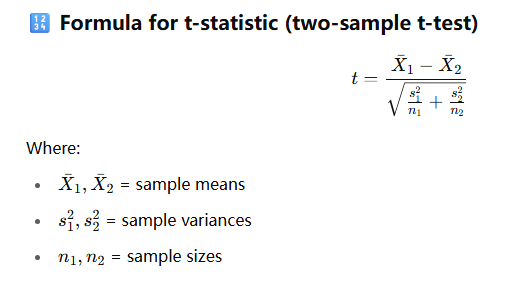
✅ Example
Suppose you want to compare the average test scores of two classes:
-
Class A scores: [85, 87, 90, 92]
-
Class B scores: [78, 80, 83, 85]
You can use a two-sample t-test to check if the difference in average scores is statistically significant.
import numpy as np from scipy.stats import ttest_ind # Sample data class_A = [85, 87, 90, 92] class_B = [78, 80, 83, 85] # Perform two-sample t-test (equal variances assumed) t_stat, p_value = ttest_ind(class_A, class_B) print(f"t-statistic: {t_stat:.4f}") print(f"p-value: {p_value:.4f}")
Interpret the results
If p-value < 0.05, you can reject the null hypothesis and say there's a significant difference between the groups.
Example output might be:
✅ Conclusion: Since p-value < 0.05, there's a statistically significant difference between Class A and Class B's scores.
🧠 Optional: Use equal_var=False if variances are not assumed to be equal (Welch's t-test)
ttest_ind(class_A, class_B, equal_var=False)
ANOVA stands for Analysis of Variance. It is a statistical method used to determine whether there are any statistically significant differences between the means of three or more independent (unrelated) groups.
🔍 Purpose of ANOVA
To test the hypothesis:
-
Null Hypothesis (H₀): All group means are equal.
-
Alternative Hypothesis (H₁): At least one group mean is different.
🧪 When to Use ANOVA
Use ANOVA when:
-
You have more than two groups to compare.
-
The dependent variable is continuous (e.g., height, weight, score).
-
The independent variable(s) are categorical (e.g., group, treatment).
🔢 How ANOVA Works
ANOVA compares:
-
Between-group variability: How much the group means vary from the overall mean.
-
Within-group variability: How much individual observations vary within each group.
It uses the F-statistic:

If the between-group variance is much larger than the within-group variance, the F-value is large, suggesting the group means are not all equal.
✅ Types of ANOVA
-
One-way ANOVA
-
Tests the effect of one categorical independent variable on one continuous dependent variable.
-
-
Two-way ANOVA
-
Tests the effects of two categorical independent variables and their interaction on a continuous dependent variable.
-
-
Repeated Measures ANOVA
-
Used when the same subjects are measured multiple times (like before and after treatment).
-

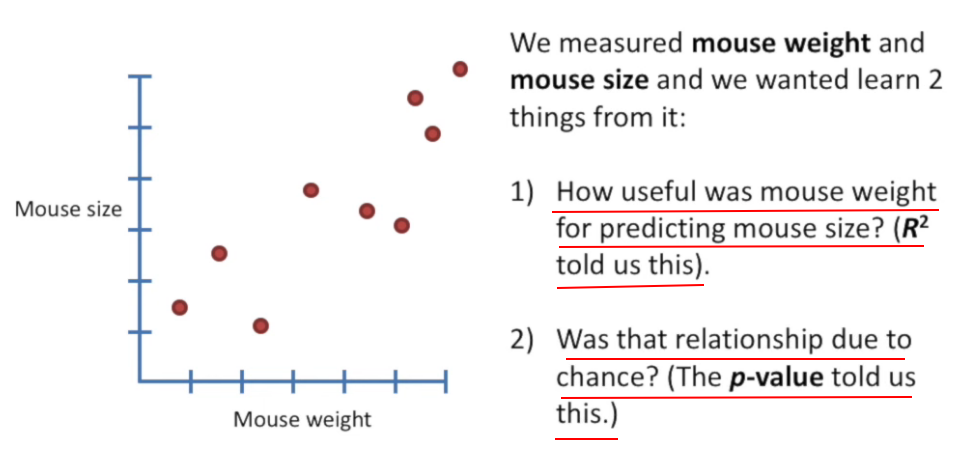
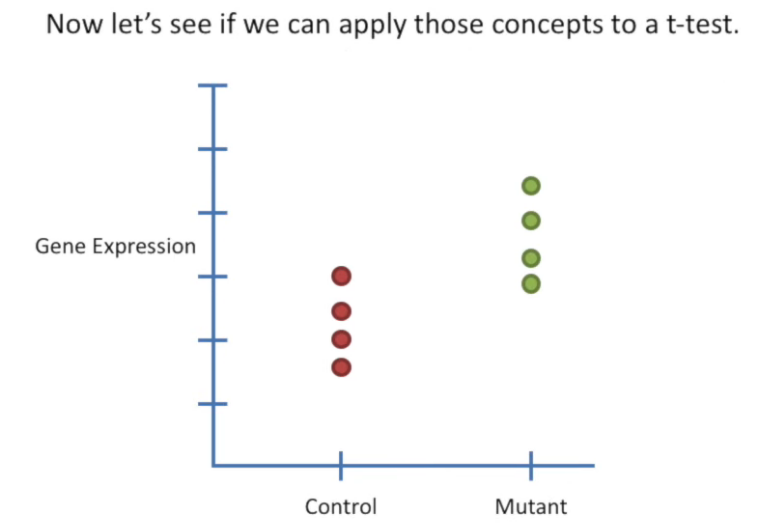
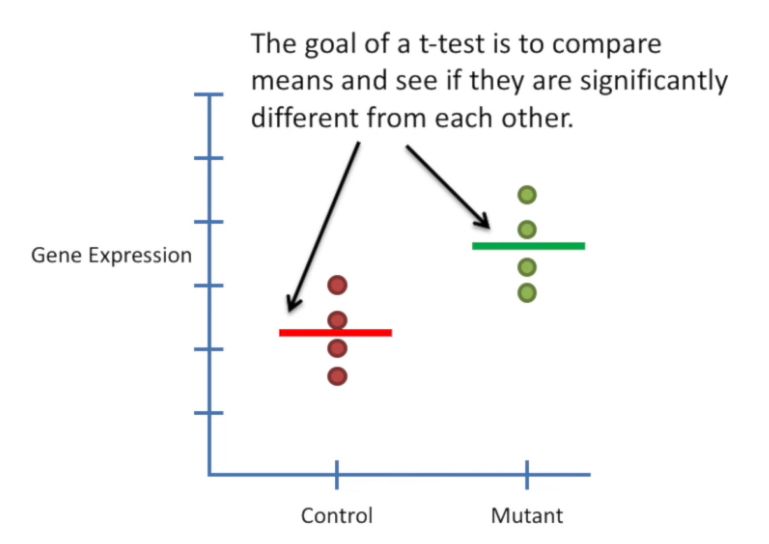
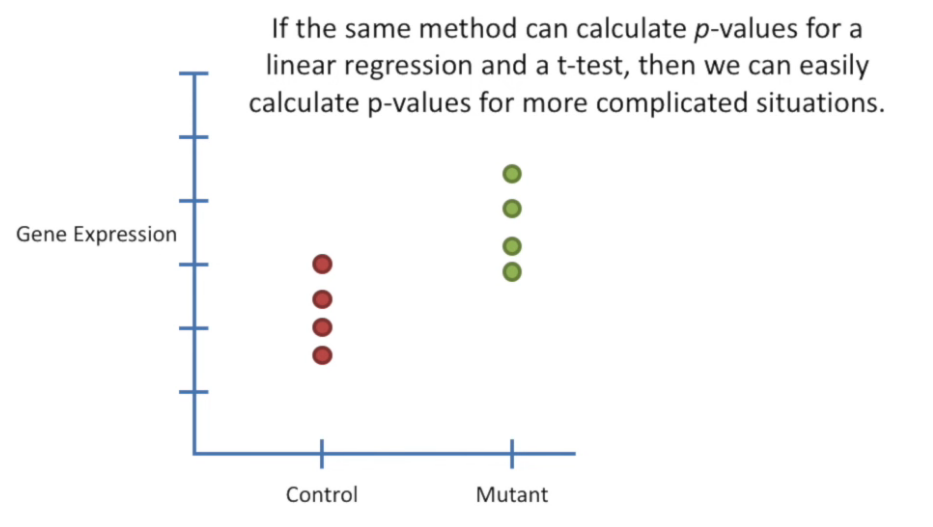
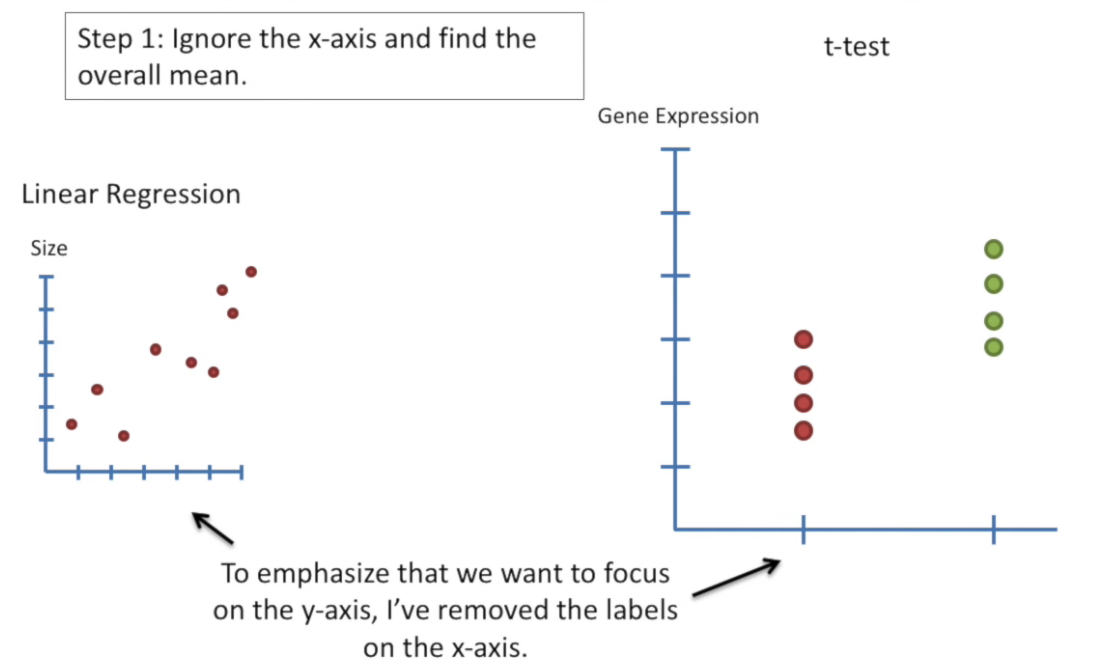
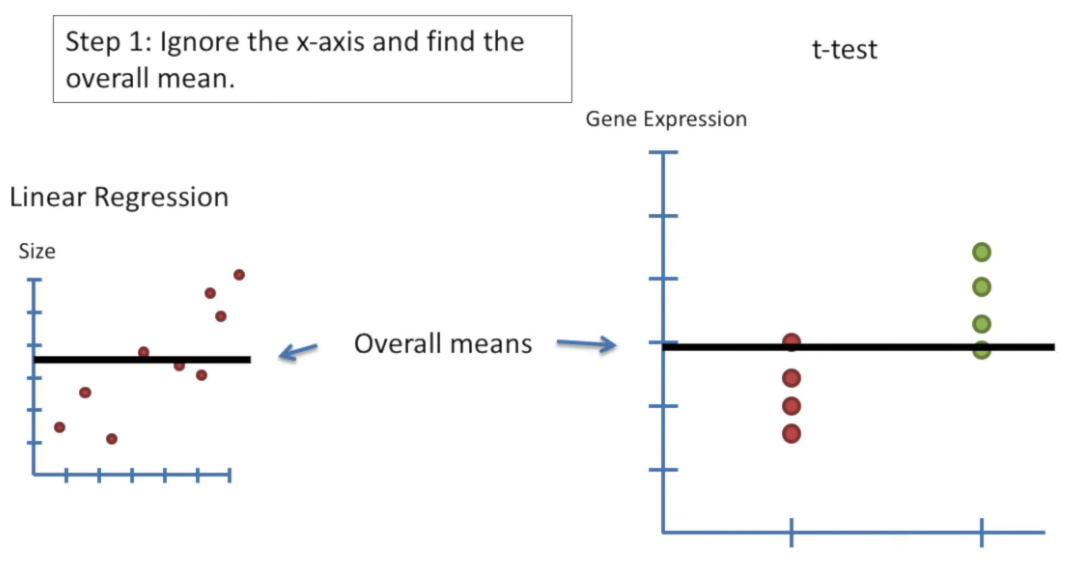
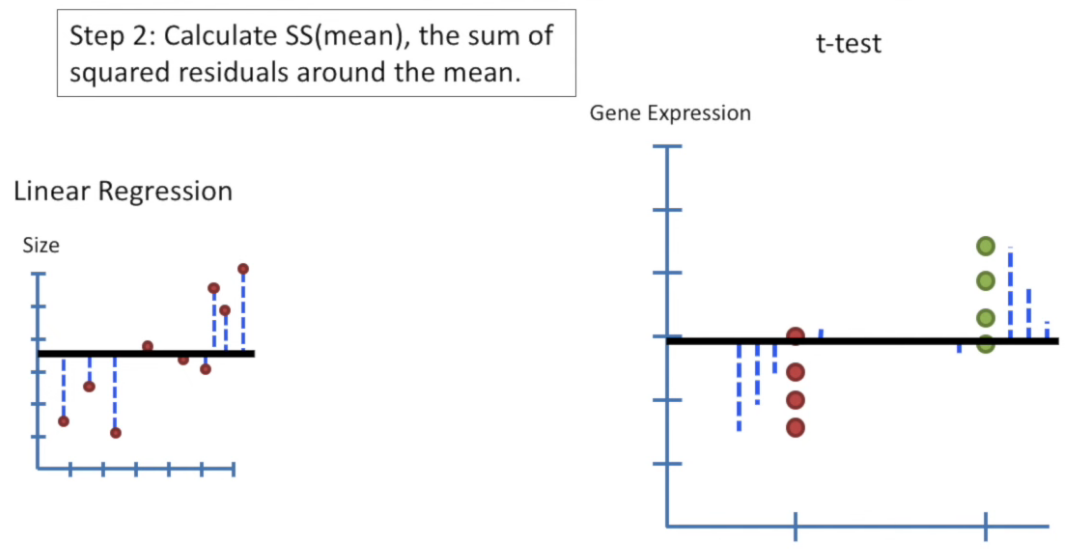
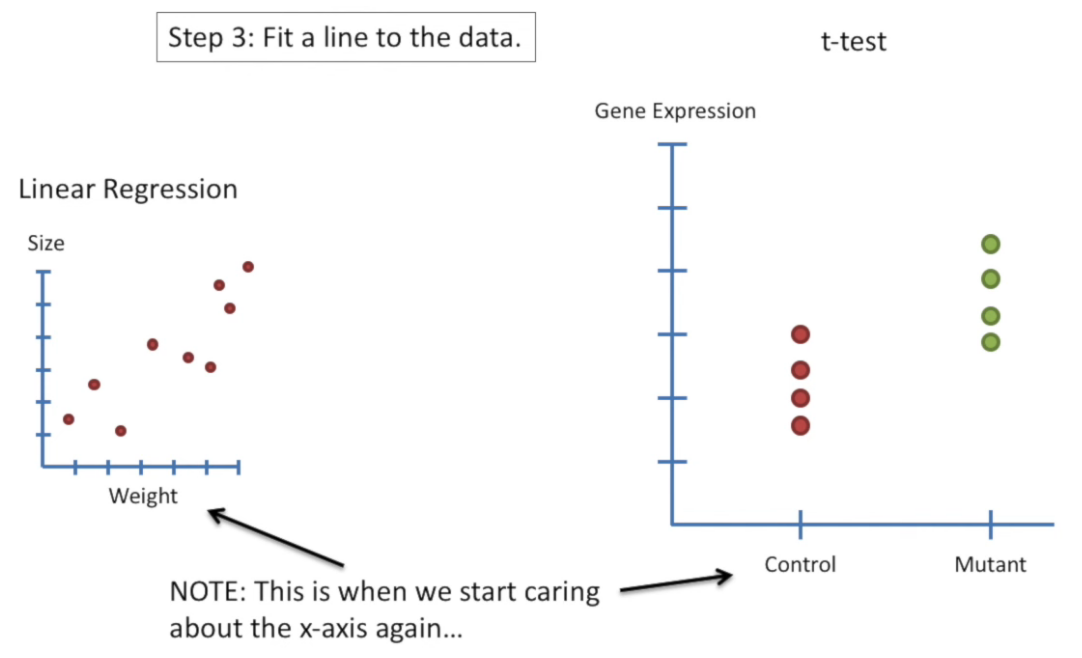
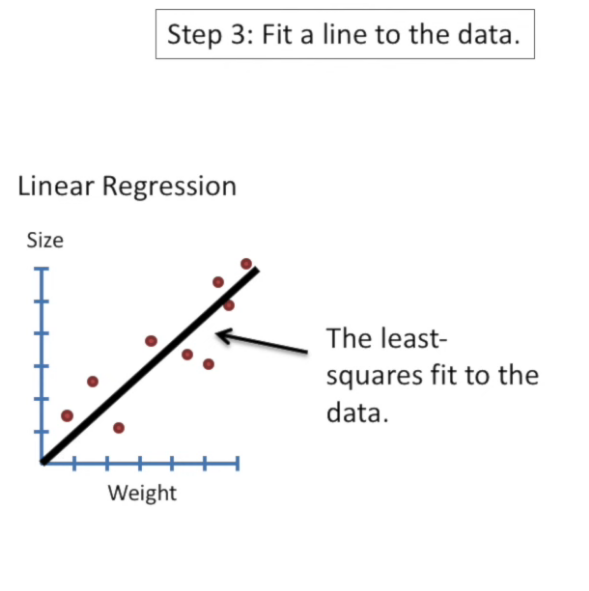
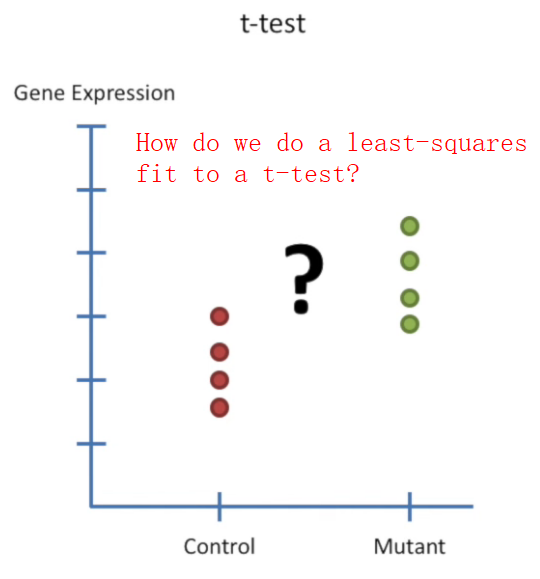
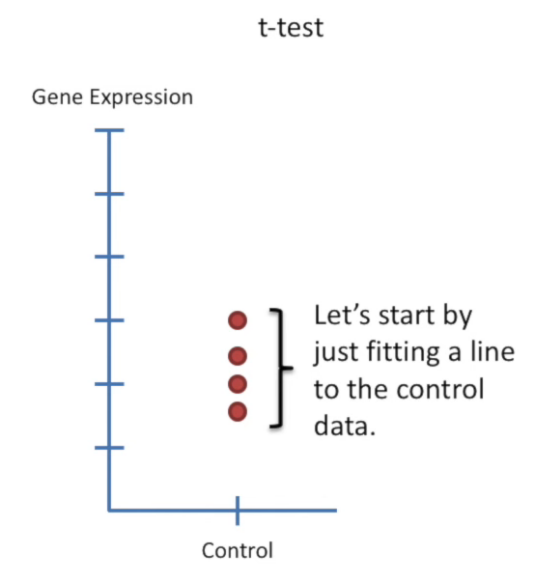
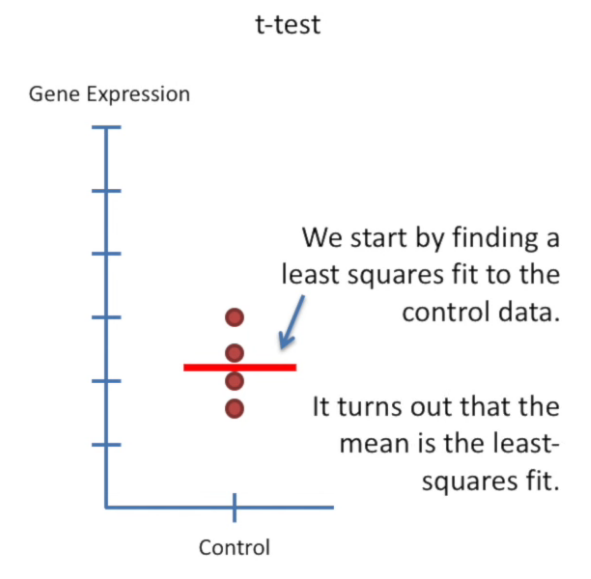
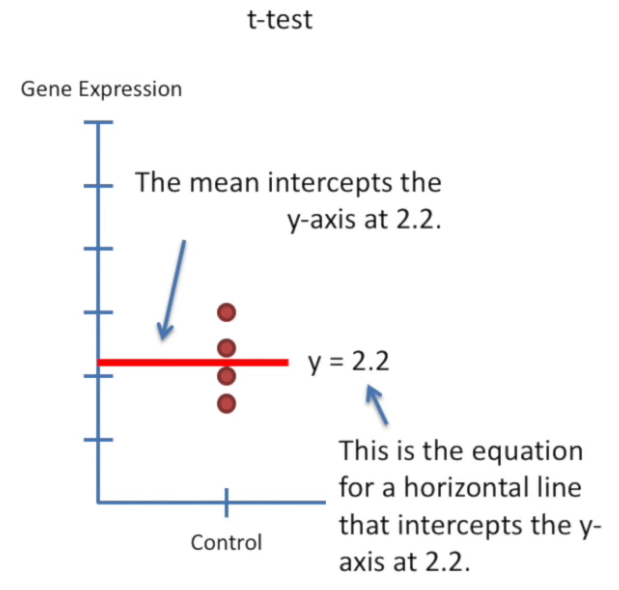
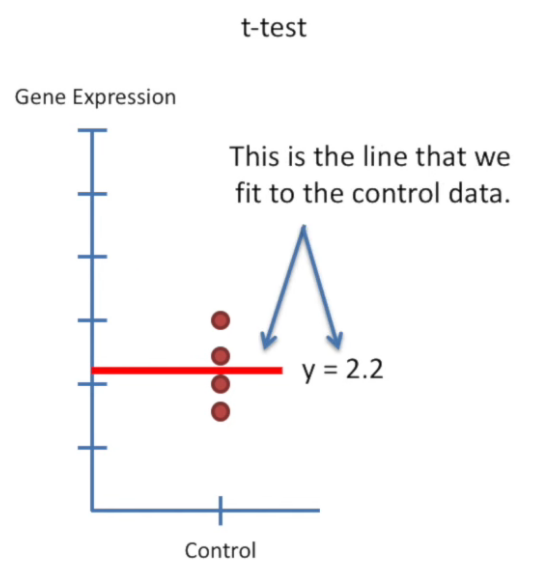
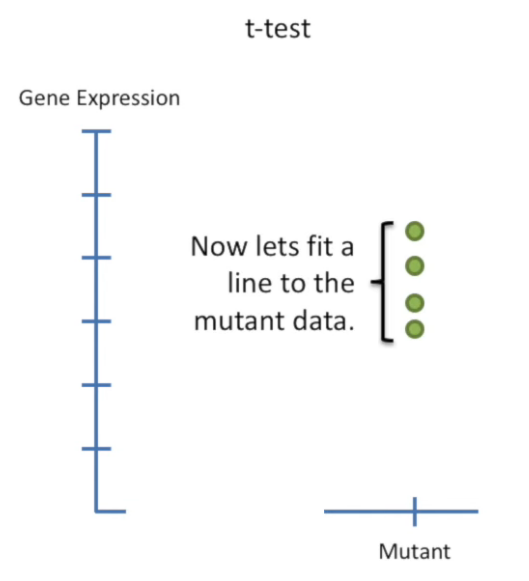
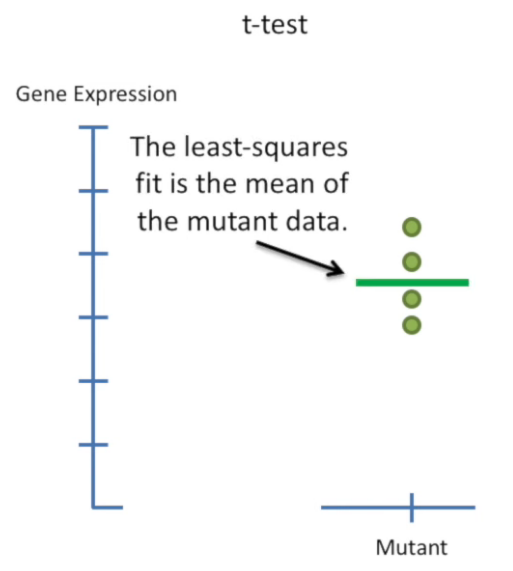
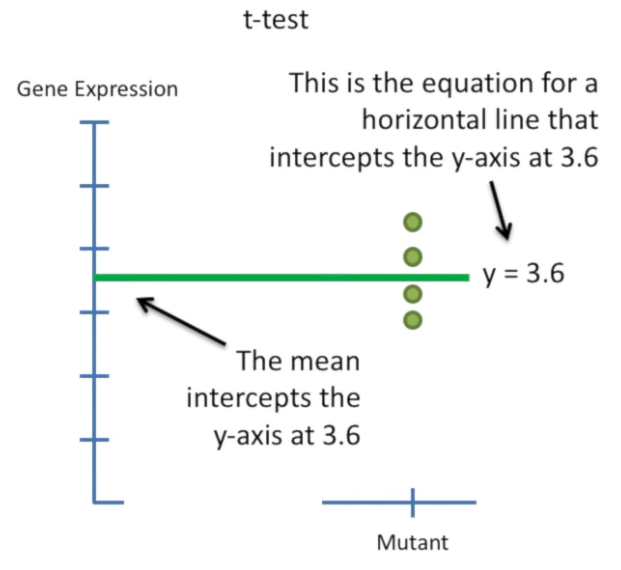
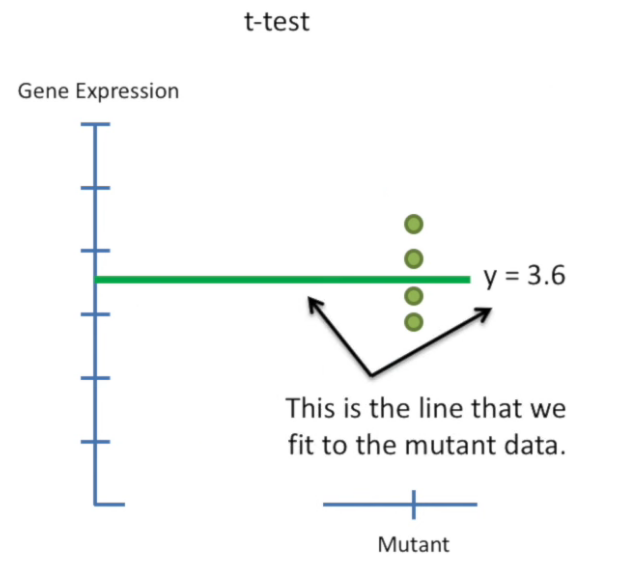
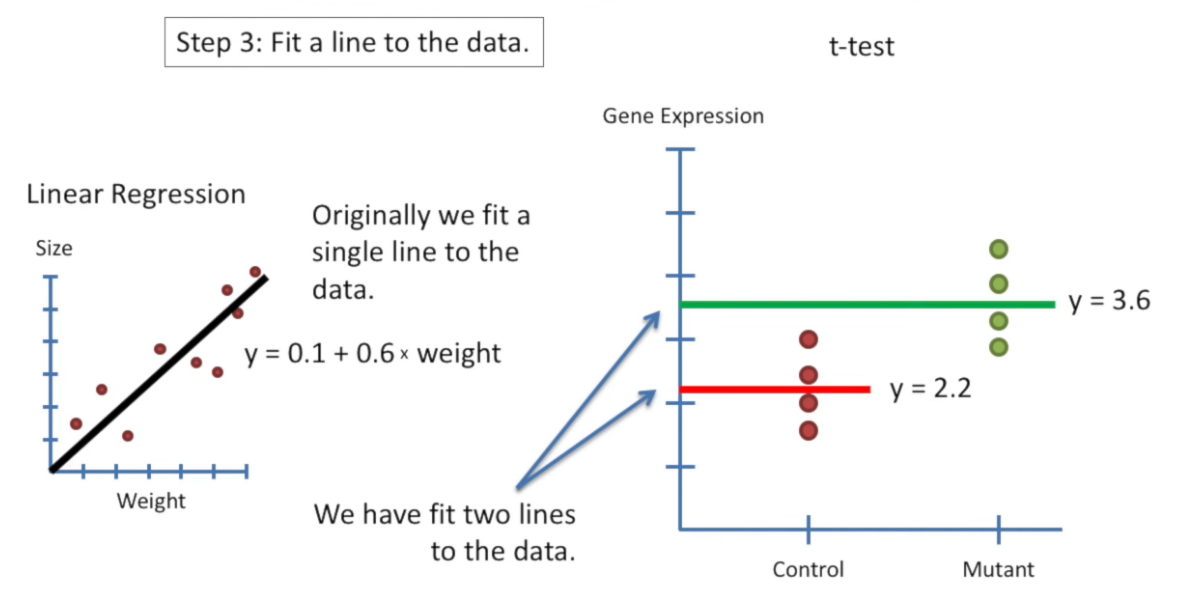
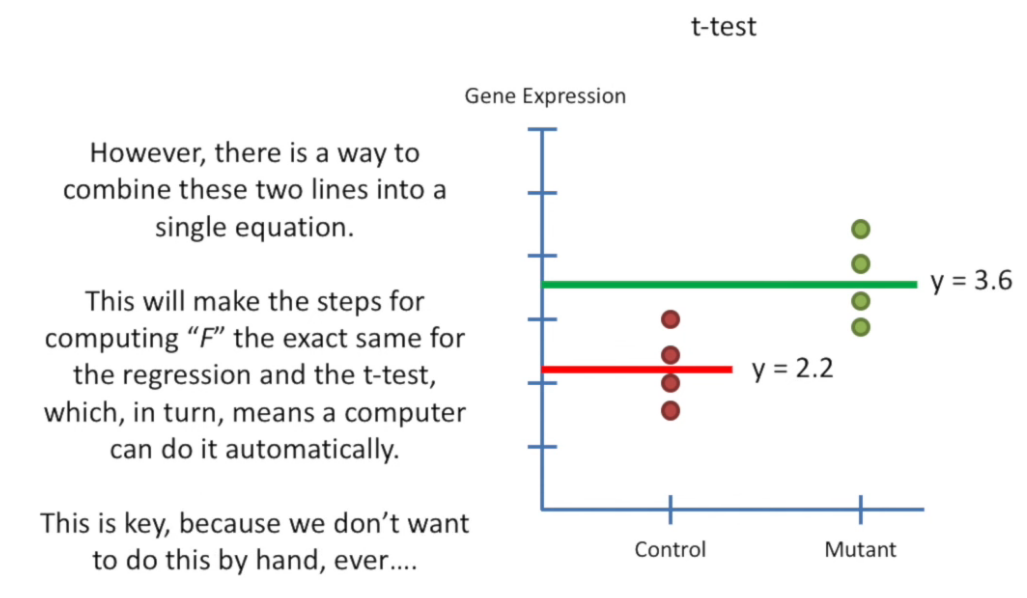
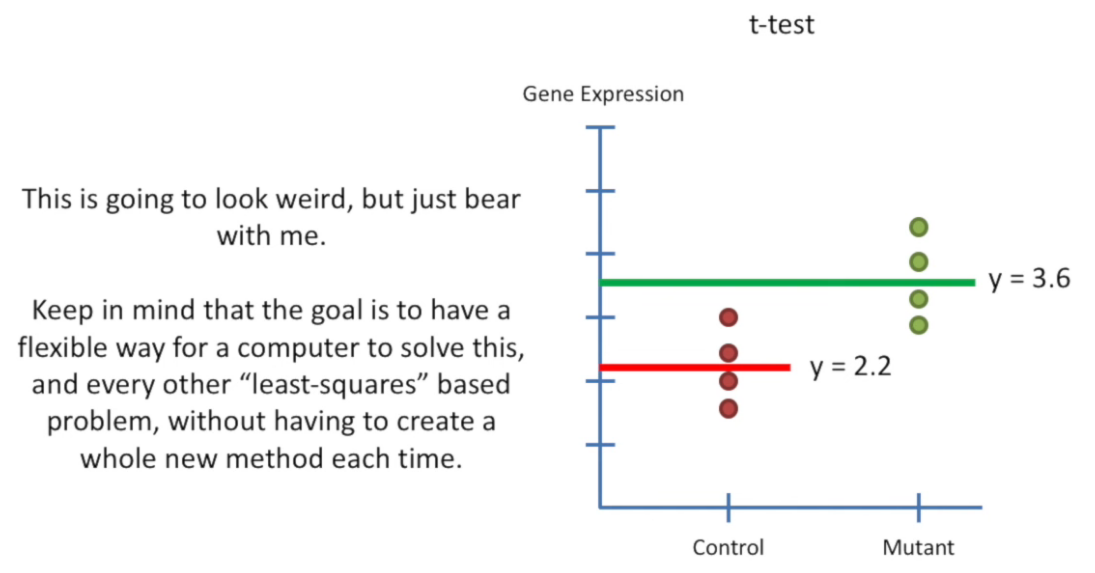
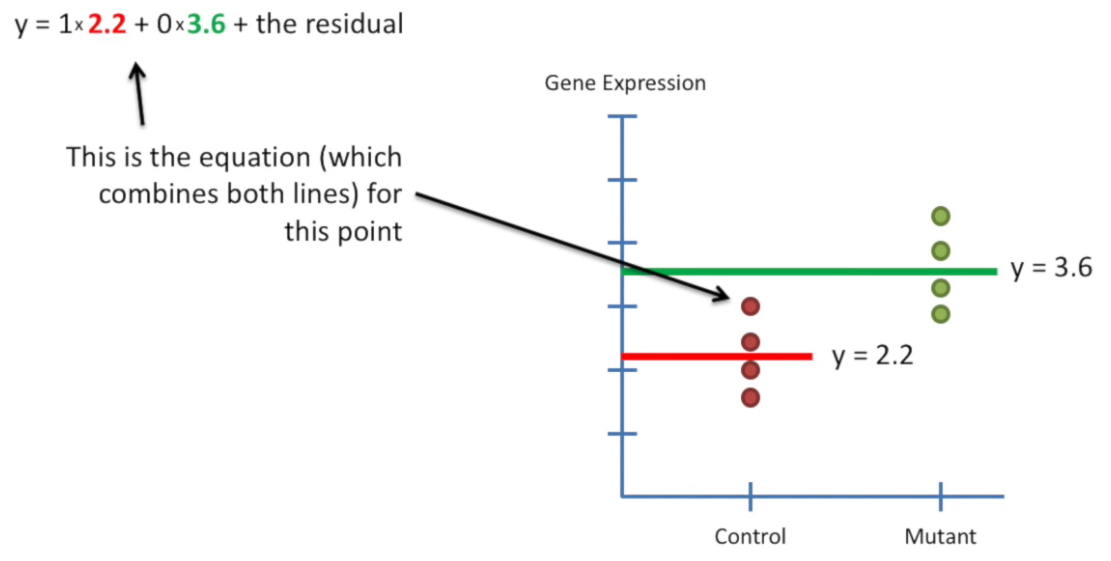
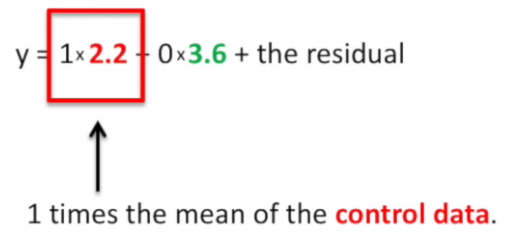
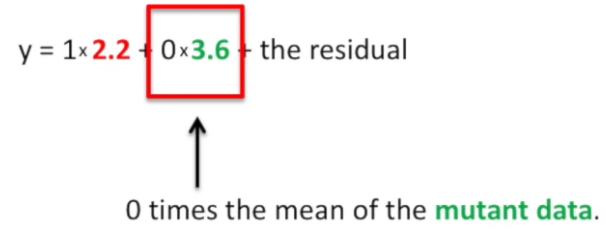
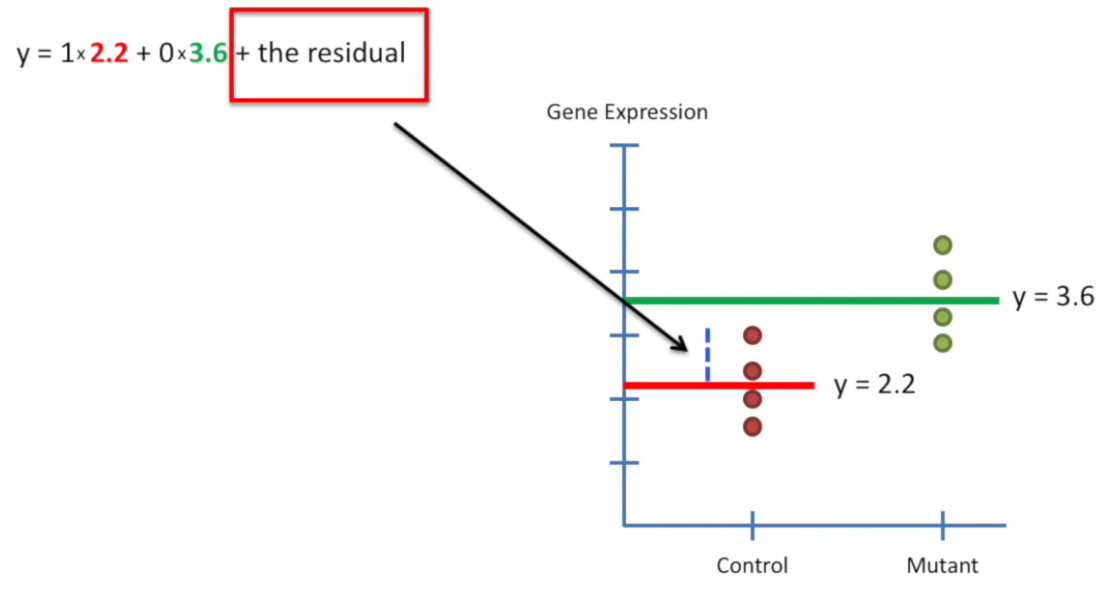
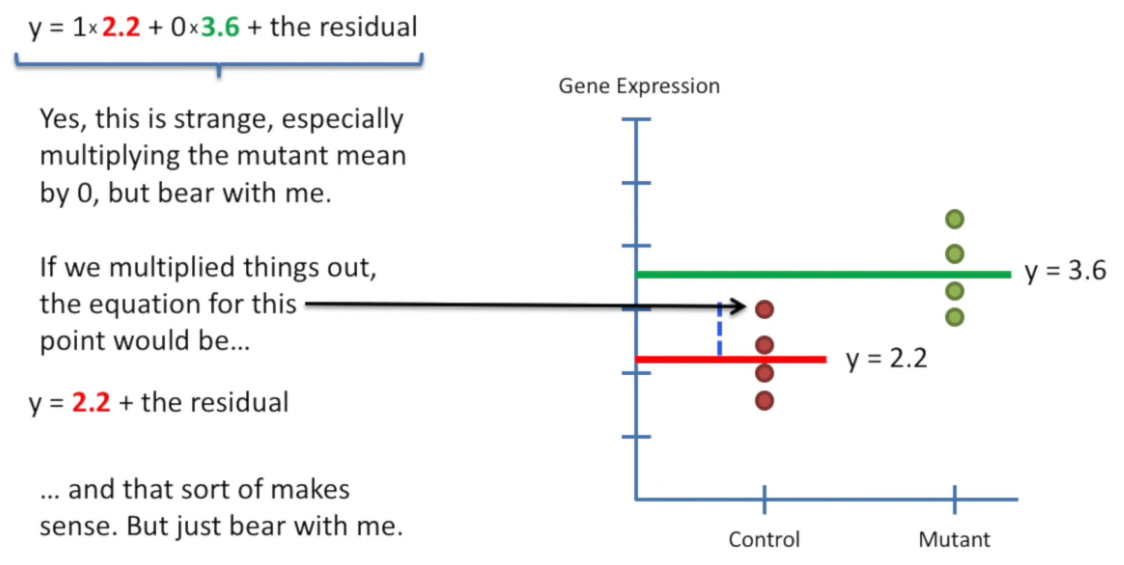
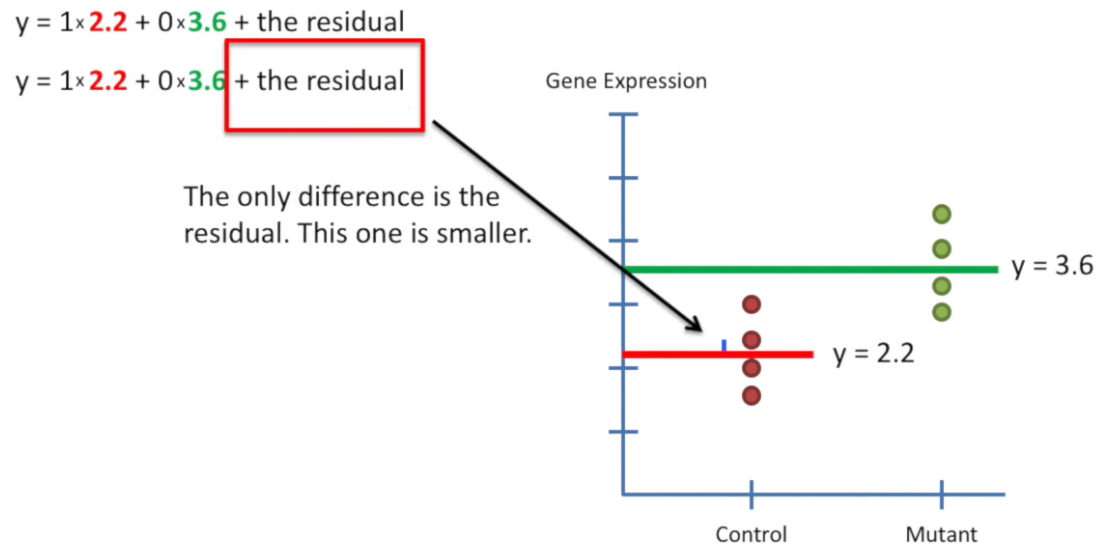
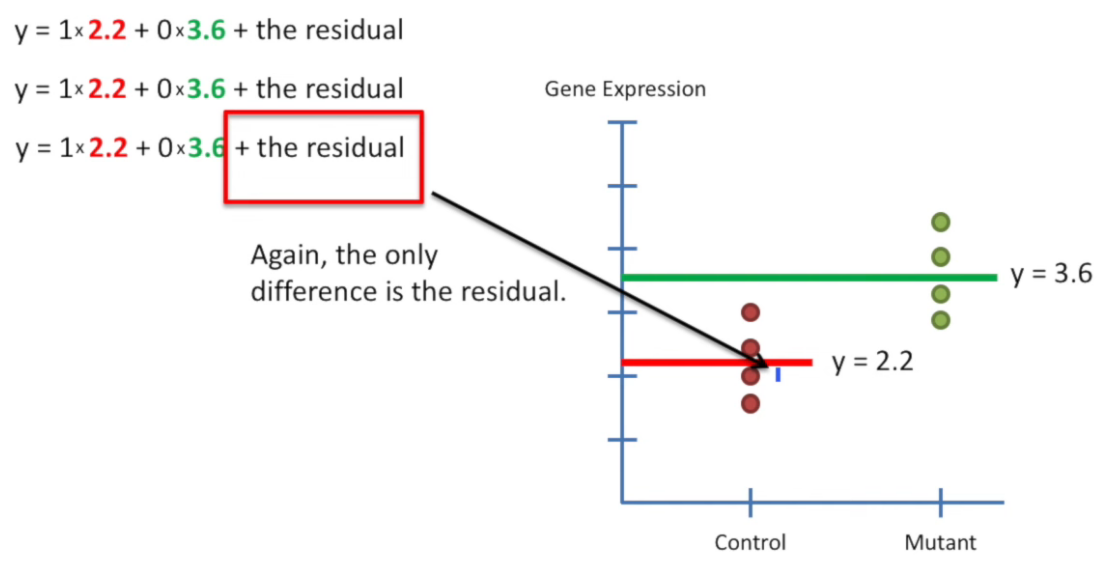
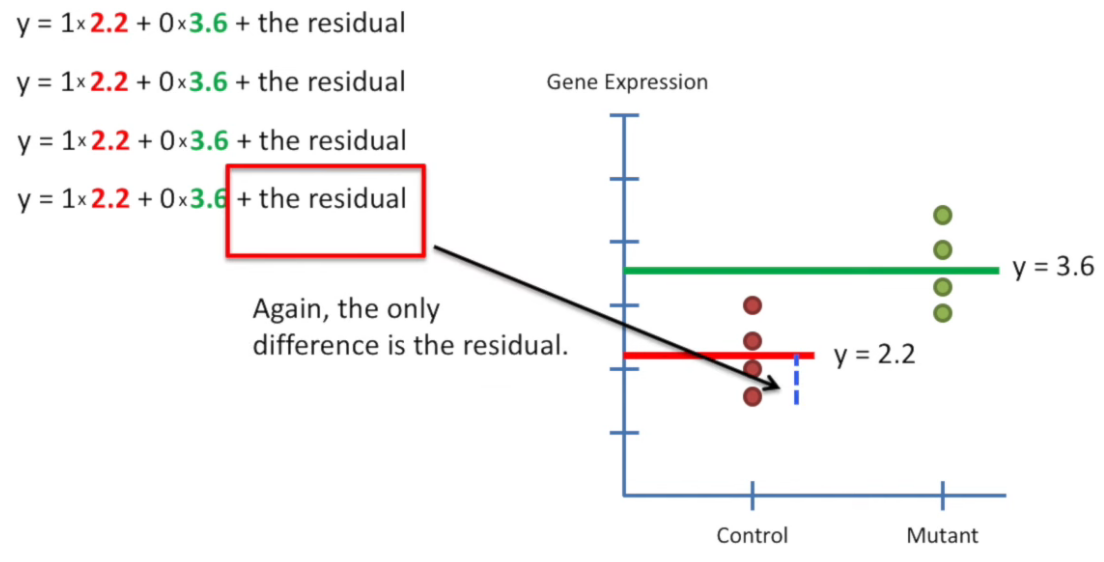
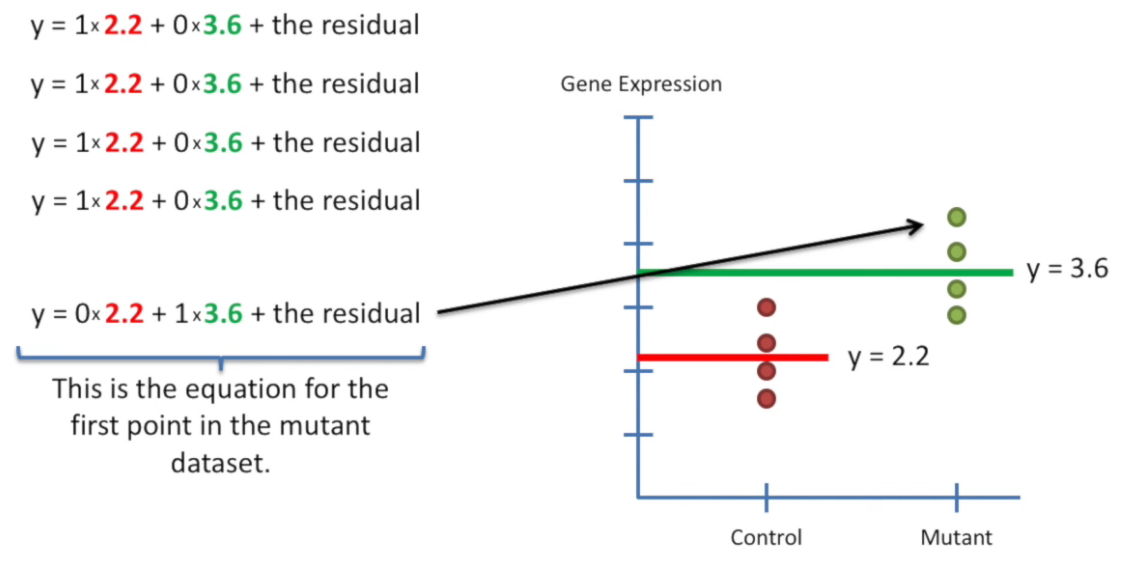
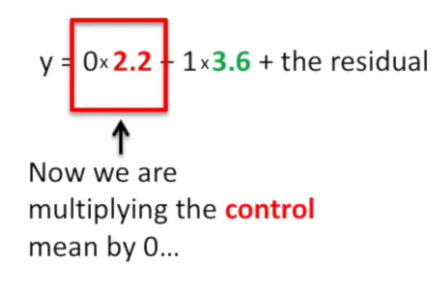
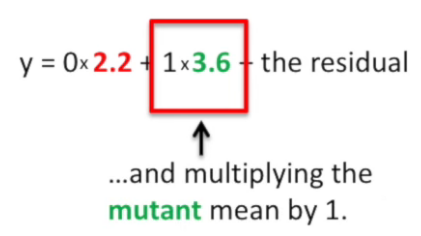
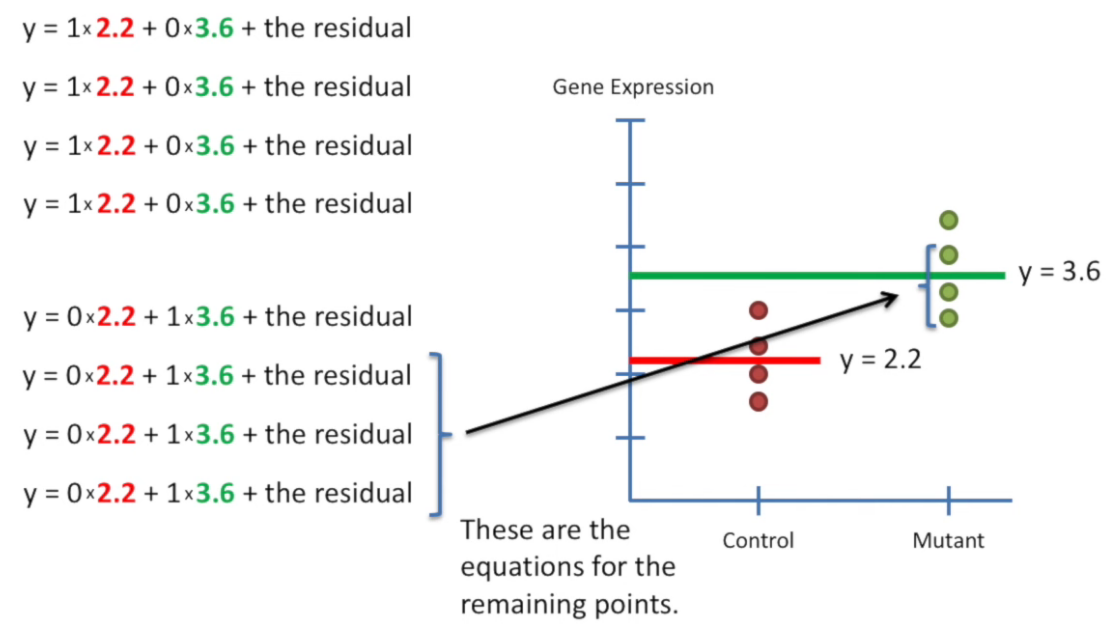
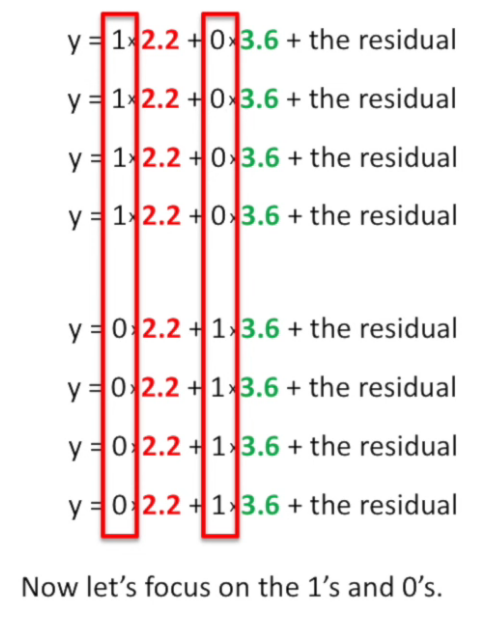
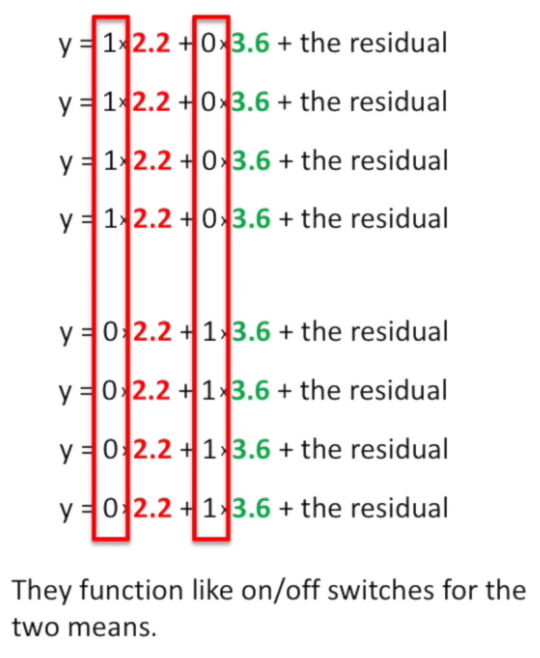
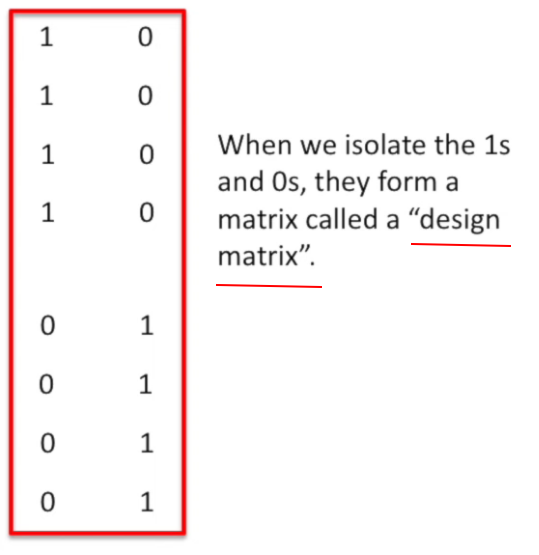 design matrix
design matrix
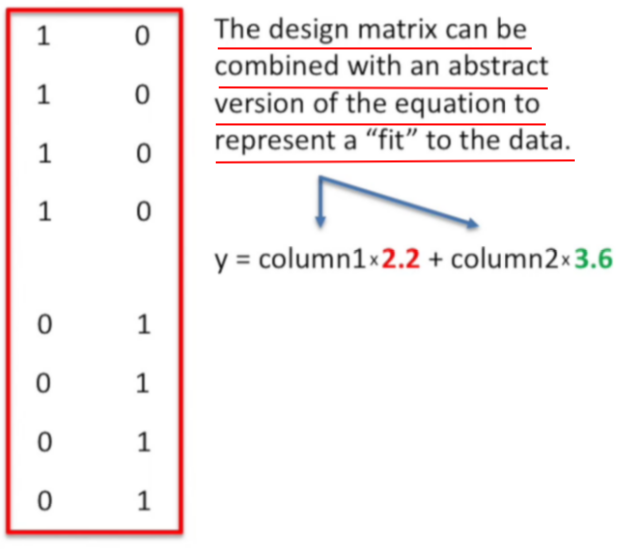
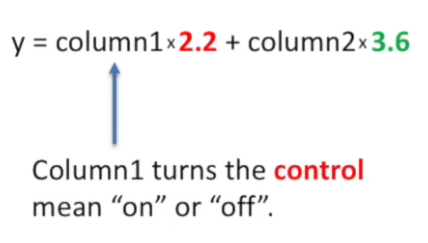
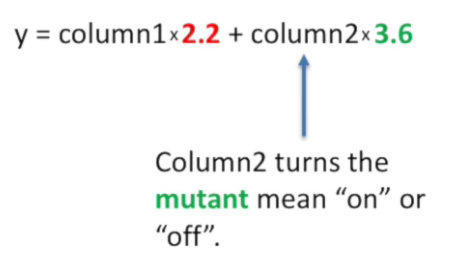
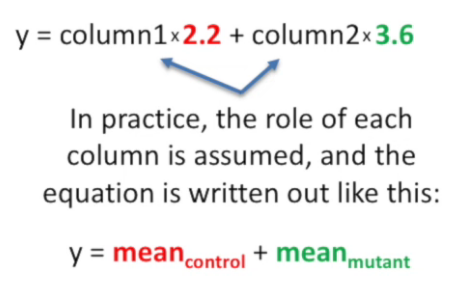

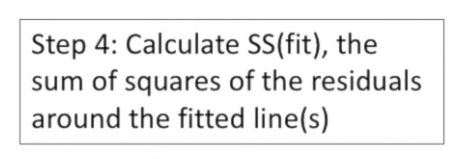
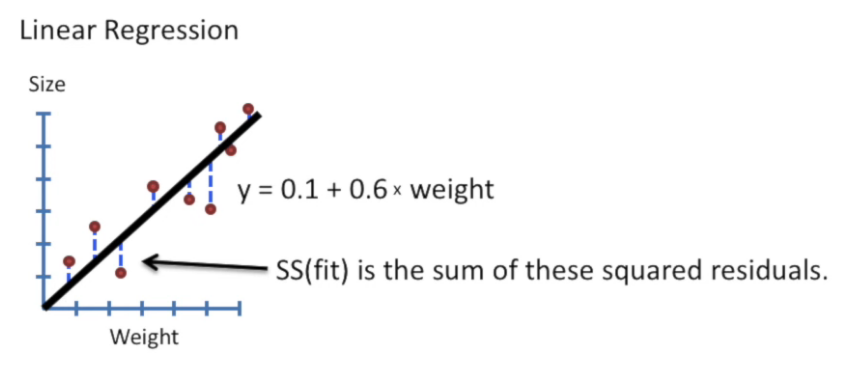
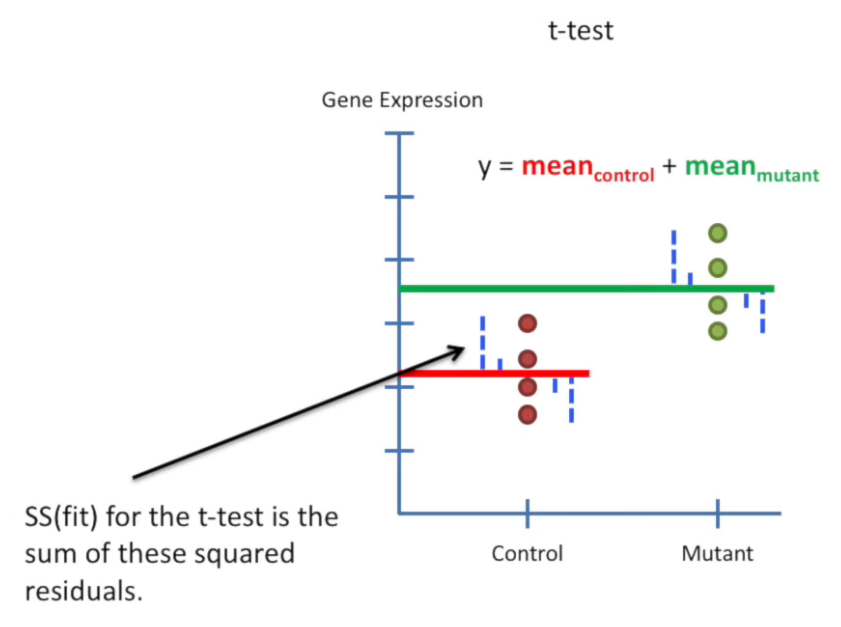
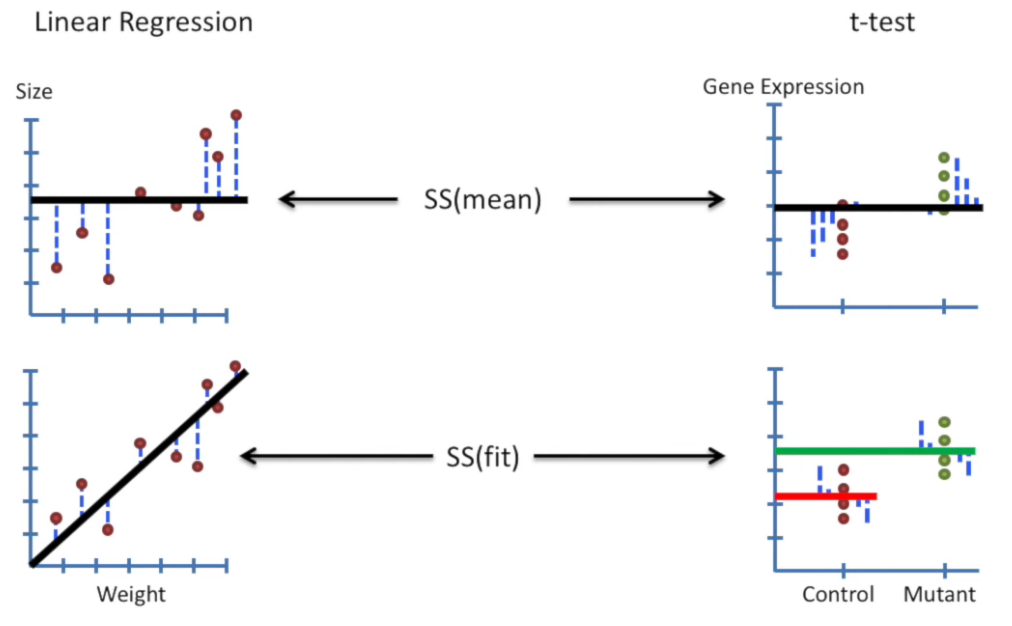
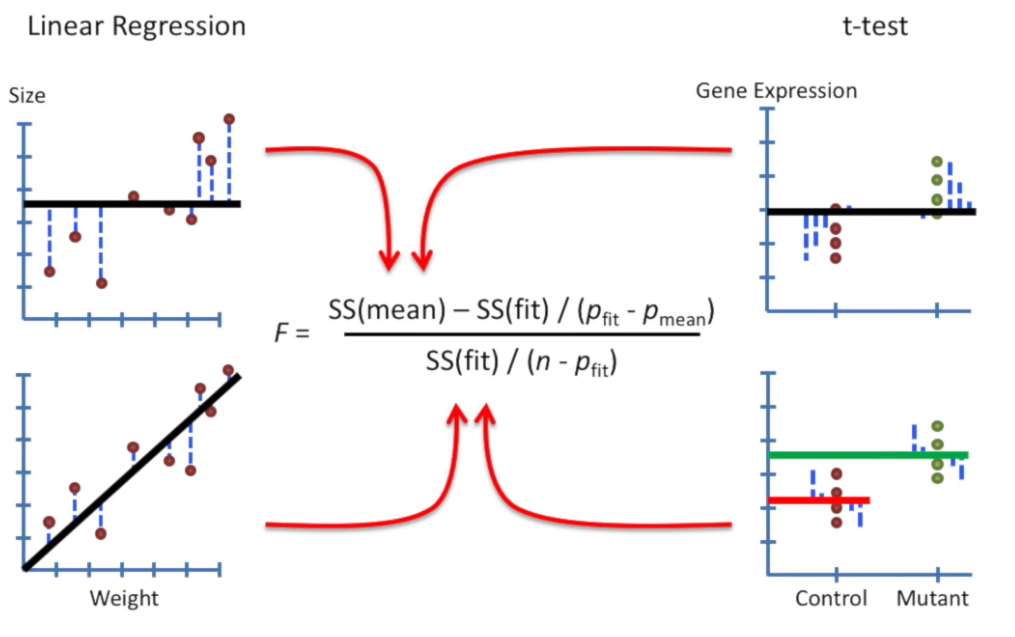
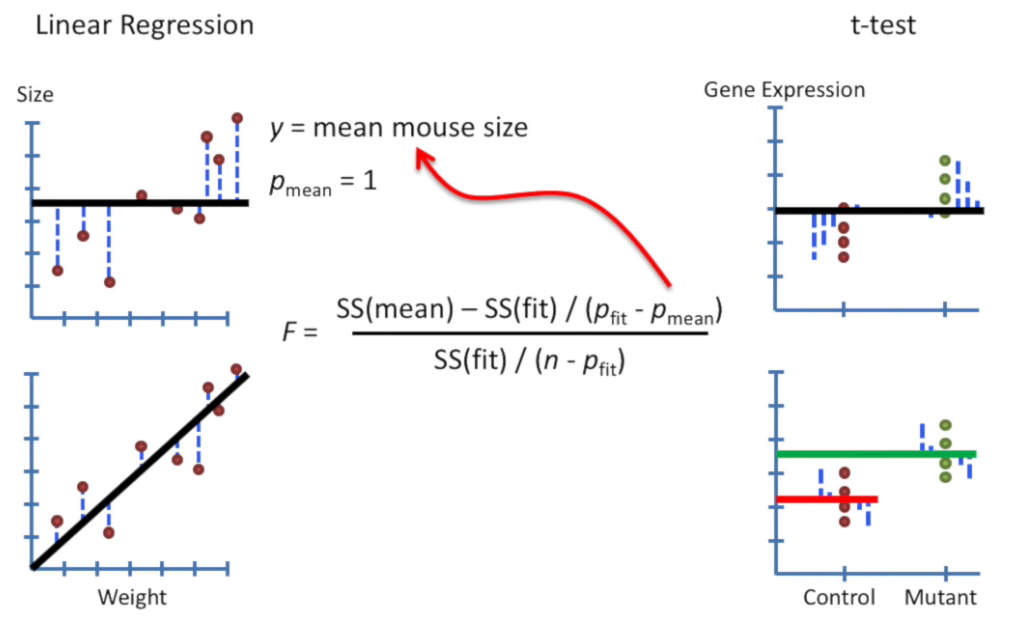
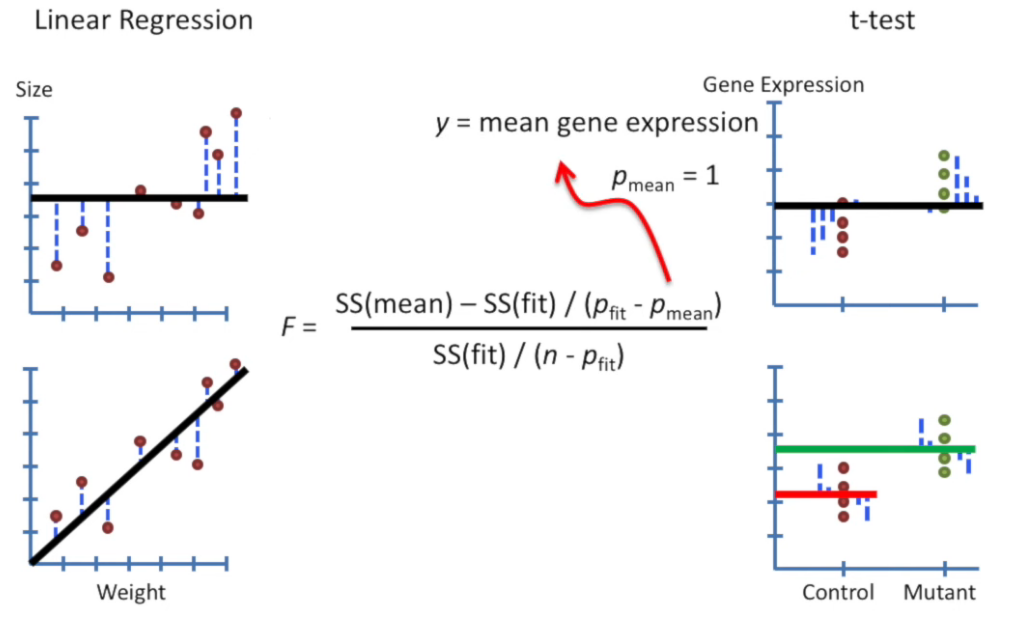
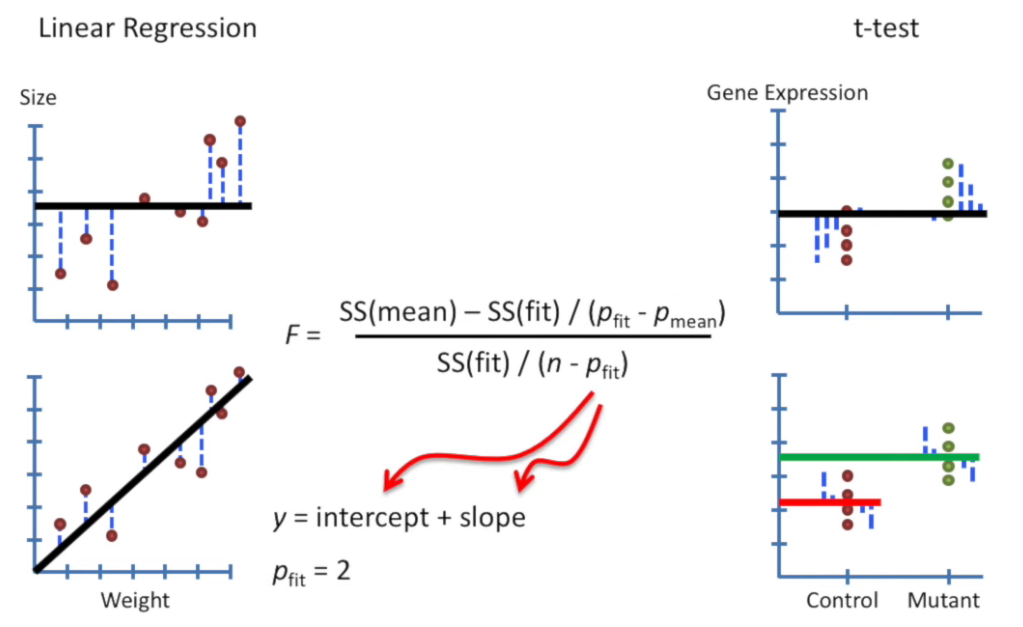
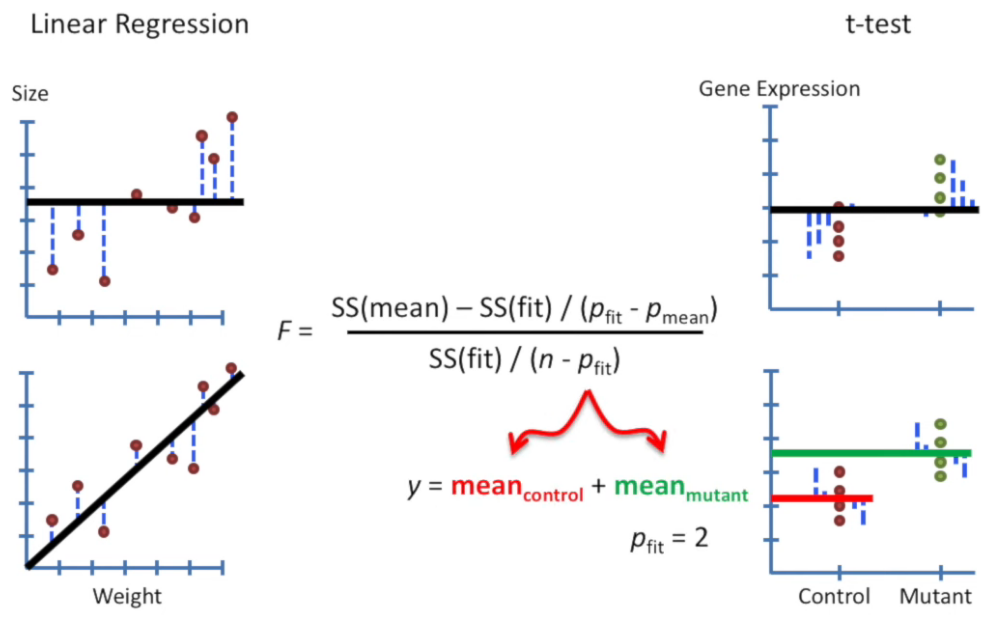

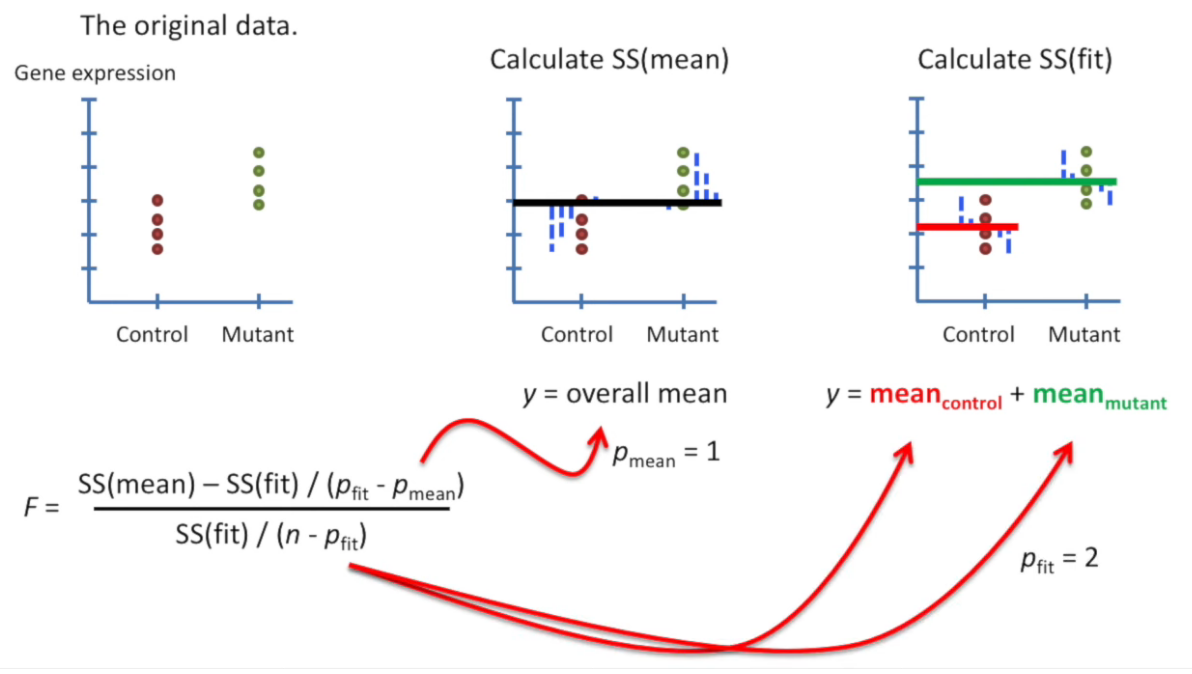
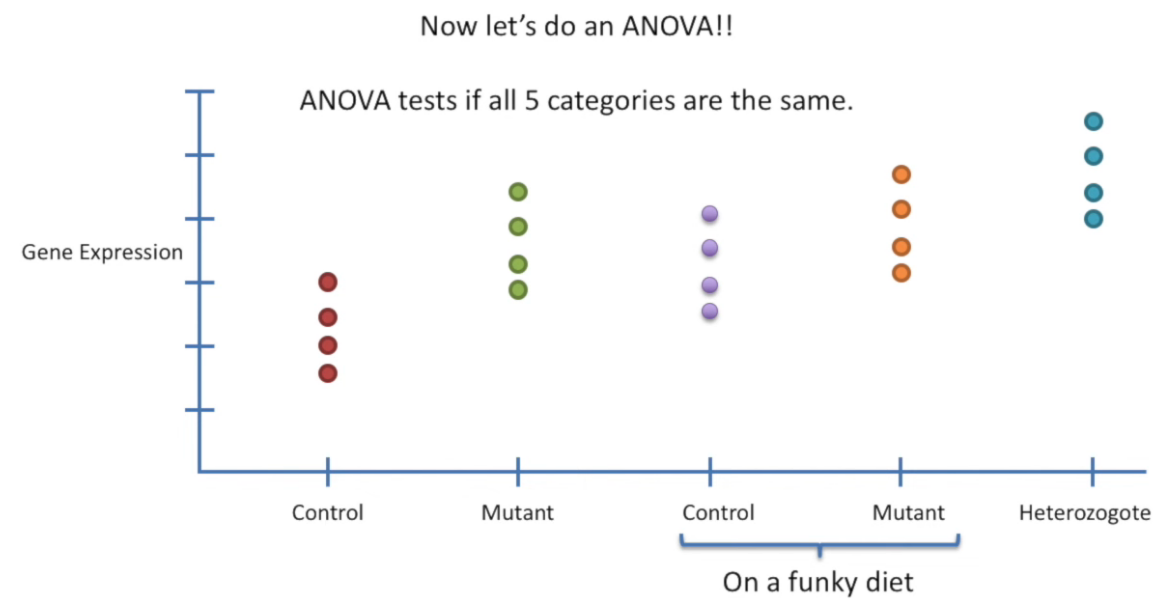
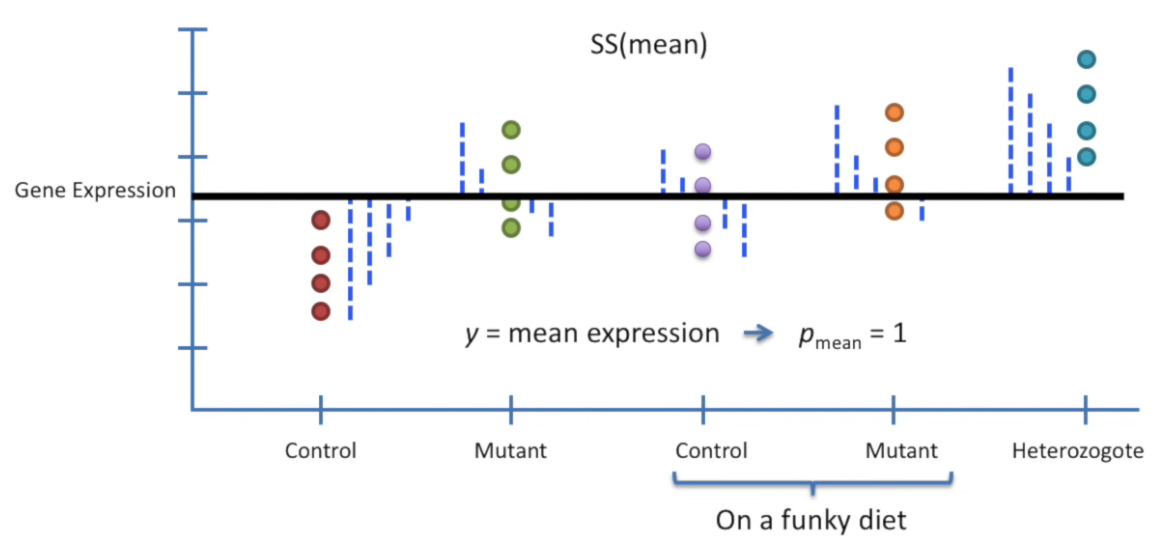
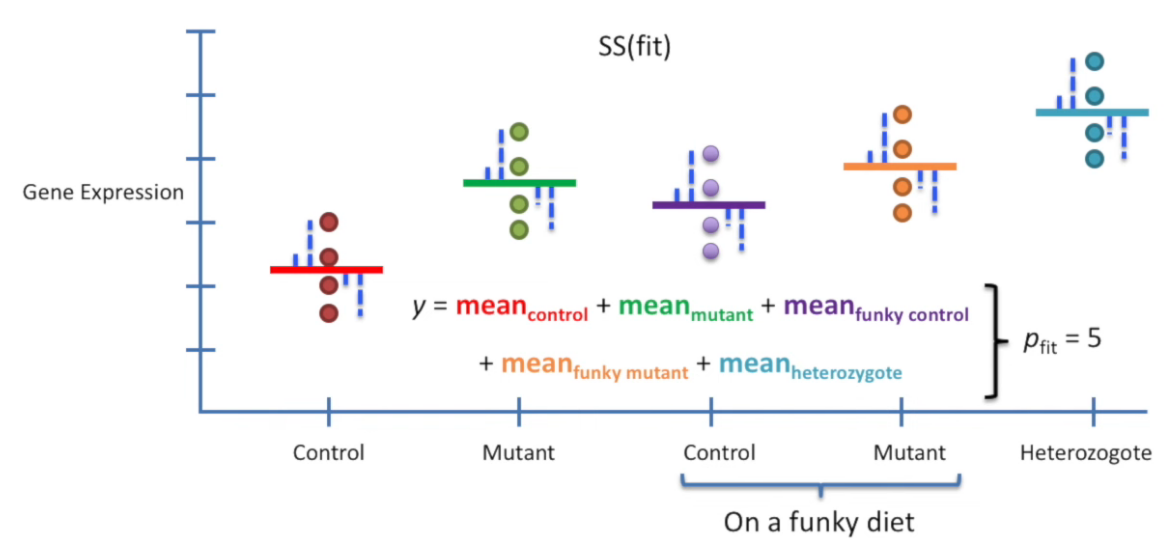
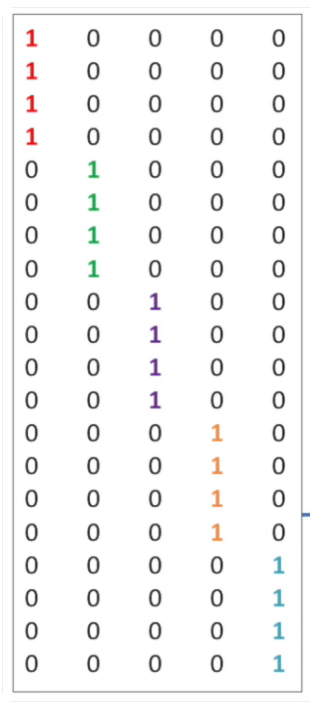
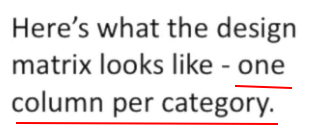
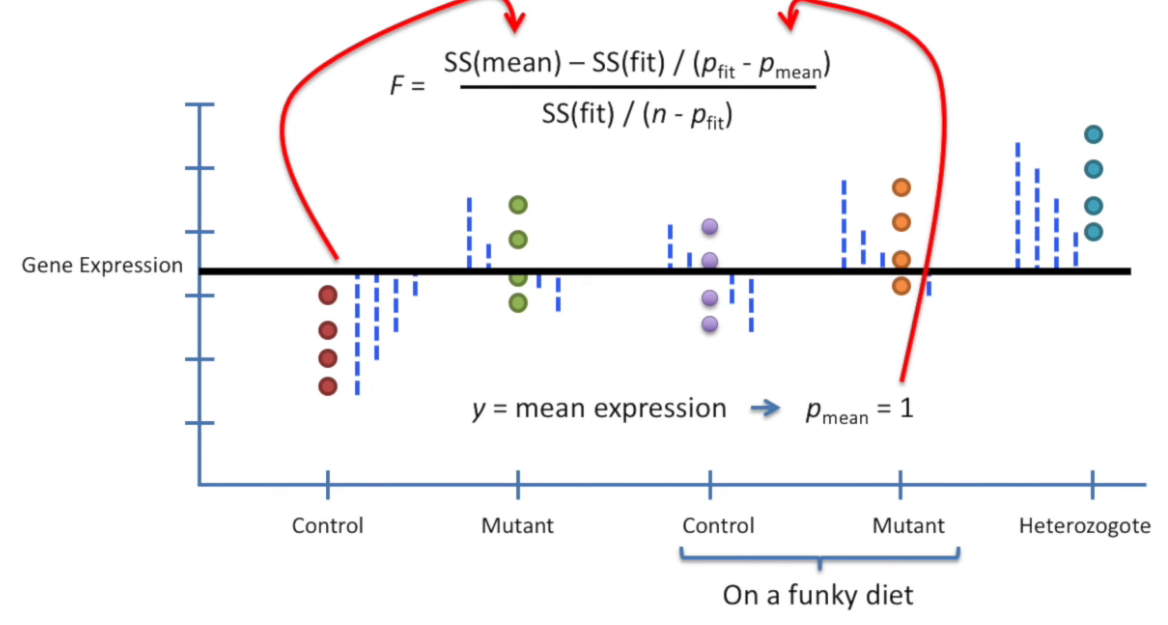
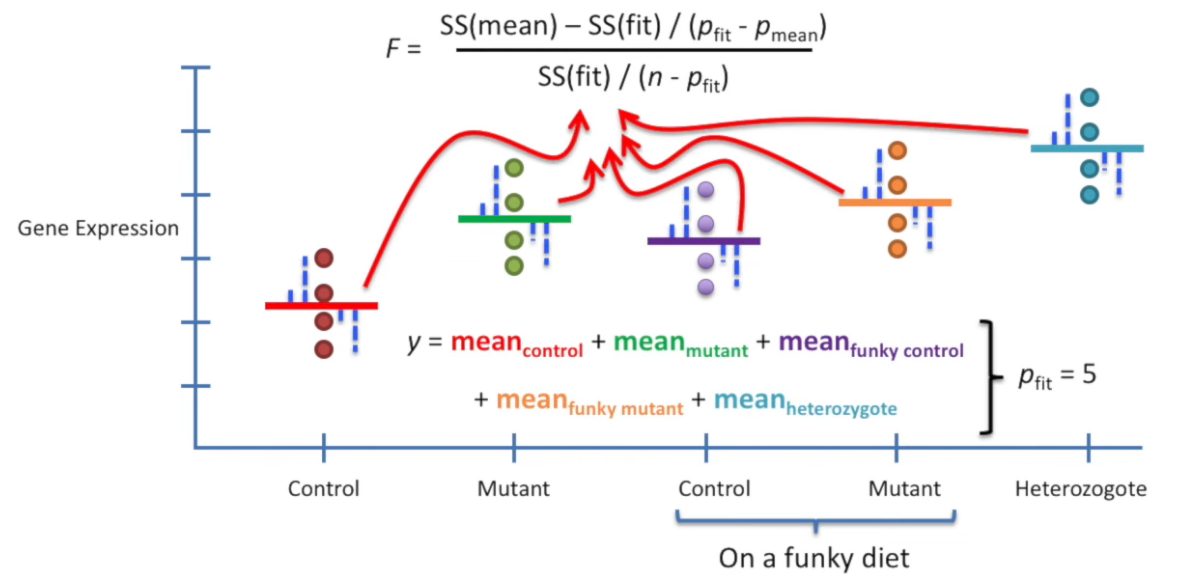
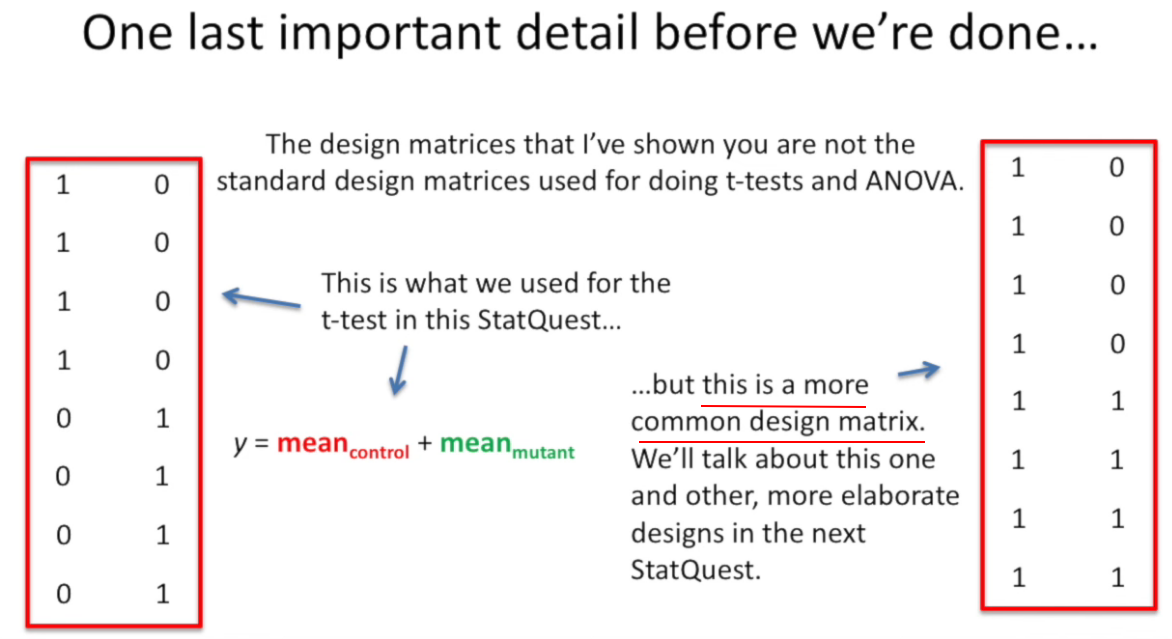




 浙公网安备 33010602011771号
浙公网安备 33010602011771号